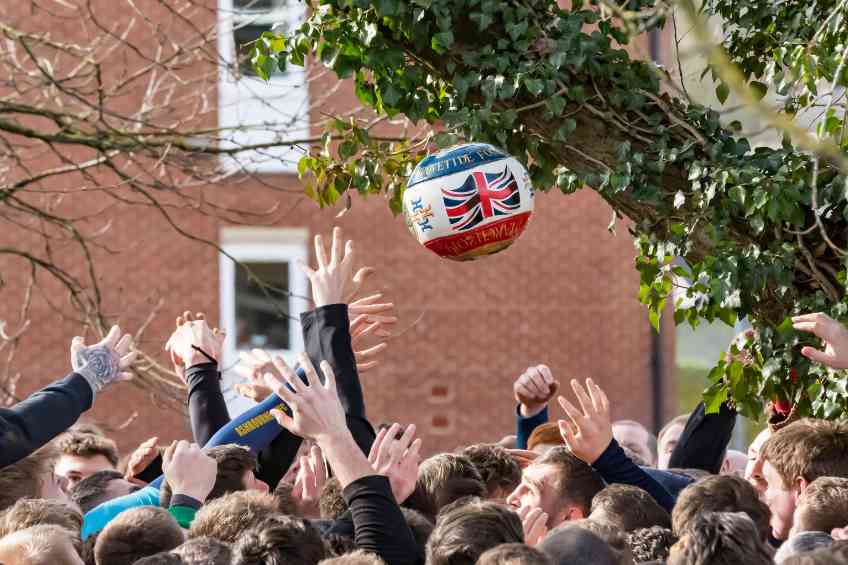By John Salak –
Raise your hand if you think research scientists are a pretty serious bunch, dedicated exclusively to deep-seated investigations designed to change the world. Okay, there are undoubtedly a lot of geeky researchers out there who are immersed in important work—but then there are also those who embrace the quirky side of discovery, earning recognition through what could only be described as The Science of Weird Awards.
But then there are the Ig Nobel Prize winners. These recipients are dedicated to…well, it’s hard to pinpoint exactly what they are devoted to but for more than 30 years Improbable Research has been handing out these awards to “honor achievements so surprising that they make people LAUGH, then THINK. The prizes are intended to celebrate the unusual, honor the imaginative — and spur people’s interest in science, medicine and technology,” the magazine reports
This year was no different as the 34th Annual Ig Nobel Prize ceremony was held at The Massachusetts Institute of Technology to honor ten winners of, well, really unique but perhaps not terribly useful research.
Consider the following “winners.”
The Peace Prize went to B.F. Skinner, yes, that’s B.F. Skinner, for experiments dating to the 1960s to see the feasibility of housing live pigeons inside missiles to guide the flight paths of the missiles.
Researchers from Germany, Brazil and the U.S. claimed the Botany Prize for finding evidence that some real plants imitate the shapes of neighboring artificial plastic plants.
Ten scientists from France and Chile scored the Anatomy Prize for studying whether the hair on the heads of most people in the northern hemisphere swirls in the same direction (clockwise or counterclockwise?) as the hair on the heads of most people in the southern hemisphere.
Lieven A. Schenk, Tahmine Fadai, and Christian Büchel from Switzerland, Germany and Belgium, respectfully, grabbed the Medicine Prize for demonstrating that fake medicine that causes painful side effects can be more effective than fake medicine that does not cause painful side effects.
The Physics Prize was awarded to James C. Liao of the U.S. for not only demonstrating but also explaining the swimming abilities of a dead trout.
Researchers from Japan and the U.S. grabbed the Physiology Prize for discovering that many mammals are capable of breathing through their anus.
Scientists from seven European countries nabbed the Probably Prize for showing, both in theory and by 350,757 experiments, that when you flip a coin, it tends to land on the same side as it started.
The Chemistry Prize went to researchers in The Netherlands and France for using chromatography to separate drunk and sober worms.
The award for demography was secured through work done in Australia and the United Kingdom for discovering that many of the people famous for having the longest lives lived in places that had lousy birth-and-death recordkeeping.
And finally, U.S. researchers grabbed the Biology Prize for exploding a paper bag next to a cat that’s standing on the back of a cow, to explore how and when cows spew their milk.
“While some politicians were trying to make sensible things sound crazy, scientists discovered some crazy-sounding things that make a lot of sense,” Marc Abrahams, master of ceremonies and editor of the magazine, explained after the awards.
Okay, if Abrahams says so, but delineating the differences between drunk and sober worms or discovering that some animals can breathe out of their anuses still sounds like a stretch—unless, of course, you’re talking about contenders for The Science of Weird Awards.













